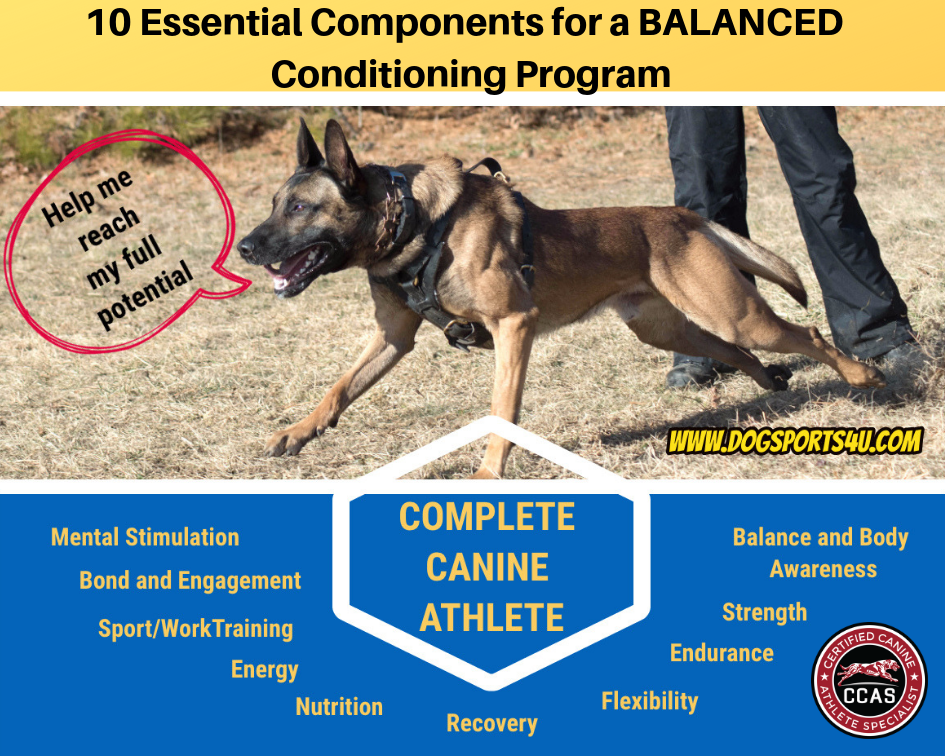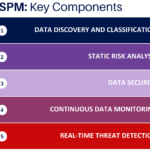Exercise is not just a luxury for dogs; it’s a necessity. Just like humans, dogs need regular physical activity to stay healthy, both mentally and physically. In this guide, we’ll explore the ins and outs of canine exercise routines, offering expert advice and practical tips to keep your furry friend in tip-top shape.
Why Canine Exercise Routines Matter: From Puppies to Seniors
Whether you have a sprightly puppy or a slow-moving senior, exercise is crucial at every life stage. For puppies, it helps with socialization and burns off excess energy. For seniors, it maintains muscle mass and improves overall well-being. A well-planned exercise routine can also alleviate behavioral issues like barking, digging, or chewing.
Types of Canine Exercise: Stretching, Strengthening, and Conditioning
Not all exercises are created equal, especially when it comes to dogs. Stretching exercises like ‘puppy yoga’ can improve flexibility, while strength-building activities like tug-of-war can build muscle. Conditioning exercises like fetch or agility training can provide both physical and mental stimulation. Always consult your vet before introducing new exercises, especially for puppies and senior dogs.
DIY Canine Exercise Routines: Simple Workouts You Can Do at Home
You don’t need a doggy gym membership to keep your pet fit. Simple games like hide-and-seek or obstacle courses can be set up at home. Use toys and treats as motivators and rewards. Always start with a warm-up and end with a cool-down to prevent injuries.
The Role of Technology in Canine Exercise: Tracking and Monitoring
In today’s digital age, there are numerous apps and devices designed to track your dog’s activity levels. These tools can help you monitor the duration and intensity of exercises, ensuring that your dog gets just the right amount of physical activity.
Common Mistakes to Avoid in Canine Exercise Routines
Overexercising a puppy, neglecting warm-ups, and ignoring your dog’s signals of fatigue are some common mistakes to avoid. Always keep an eye on your dog during exercise sessions and adjust the routine as needed.
Vet-Approved Tips for Canine Exercise
Your vet is your best resource for tailored advice. Whether your dog has specific health issues or you’re just looking for general guidance, a vet consultation can provide valuable insights into creating a balanced exercise routine.
Seasonal Considerations for Canine Exercise Routines
Summer heat can be dangerous for dogs, so opt for early morning or late evening walks. In winter, be mindful of icy conditions and consider indoor activities. Seasonal allergies can also affect your dog’s ability to exercise, so consult your vet for advice.
Conclusion: Building a Lifelong Exercise Routine for Your Dog
Exercise is a commitment, not just a one-time event. By establishing a regular routine and continually adapting it to your dog’s needs, you’re setting the stage for a lifetime of health and happiness.






